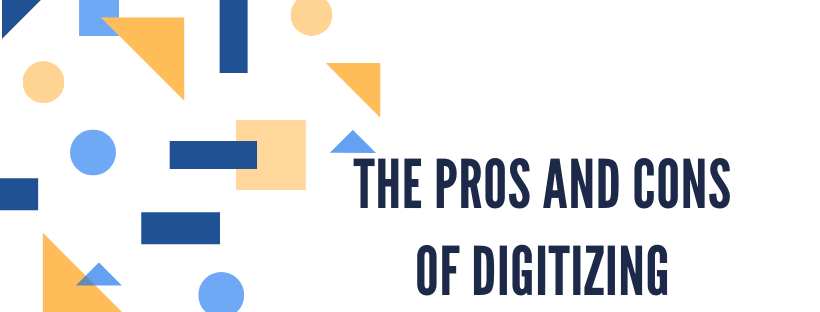The Pros
From a student’s perspective, the digitization process is wonderful. Every school related requires the same information and forms: FAFSA, name, address, parent information, etc. This is one of the most painstaking processes, or it was. Nowadays, the CommonApp allows for information portion to only be filled out once. One click and the same information can be sent to every school at the same time. The only portion that must be specifically changed now are the supplemental essays. In addition, these applications can be saved on the online portal and can be easily edited from any computer connected to the Internet. The easy access has allowed for applications to be so much more convenient. The same could be said for learning about the school. Many schools now allow for you to virtually visit various buildings and see rooms in 3D. Previously, because students would often not be able to visit, they would not apply to schools that were too far away. Nowadays, students have the vast opportunities to apply to these schools and further their educations in unimaginable ways.
Technology has also allowed for admissions to be more transparent, with programs called Naviance. This is a service that creates “scattergrams” of how many kids from their high school have been accepted, deferred, or waitlisted. Schools are releasing tons of information online including student to teacher rations, diversity statistics, wealth statistics, and more.
In tandem to the digitizing of the applications, the results are also digitized. This allows schools to announce the time that the results will be available and students may open their acceptance letters without the anxiety of the unknown hanging over their heads. The digitization also ensures that the mail will not get sent to the incorrect place or lost. Sally Stone Richmond finds digitization of the acceptances to be one of the best improvements. As a student who attended boarding school, she spoke about the amount of stress that kids would go through in receiving their letters. She says, “Worst thing was we had a mailroom that was in the space between walking to lunch and the classrooms …. the whole school would see your revealing face as you walked back from the mailroom.” In this way, the security and privacy of easing anxiety of college acceptances have been drastically improved.
The Cons
Though there seem to be many pros, these pros also contribute to the cons associated with digitization of applications. The ease in applying for multiple colleges at once has created mass amounts of applications to be rolling in. In the past few years, several schools have had to roll back their release dates due to unprecedented amounts of applications. Due to all these applications, there is not enough man power to read these or accept all the students. This inevitably drives down the acceptance rates and creates confusion for future applicants. For example, colleges like Columbia received 35,000 applications one year, up from 26,000 the year before.
In addition, the violations of privacy are too readily available for colleges in the age of technology. Knowing that colleges are able to see what advertisements people have clicked on or opened through email, how can anyone know what else colleges can see? CollegeBoard feeds off student’s information constantly, selling people’s information to schools for profit. How much information are they giving the schools?
Finally, the tools of technology allow for students to easily edit, search, and improve supplemental essays. This sounds like a good factor, but in truth this also really means that plagiarism of supplemental essays are getting easier and easier. There are plenty of programs online in which people will state that they will write people’s essays for a sum of money. Plus, there are not only online programs, but also people who can become college coaches for people. These opportunities can be quite expensive, creating a gap between social classes of the wealthy and the disadvantaged.

